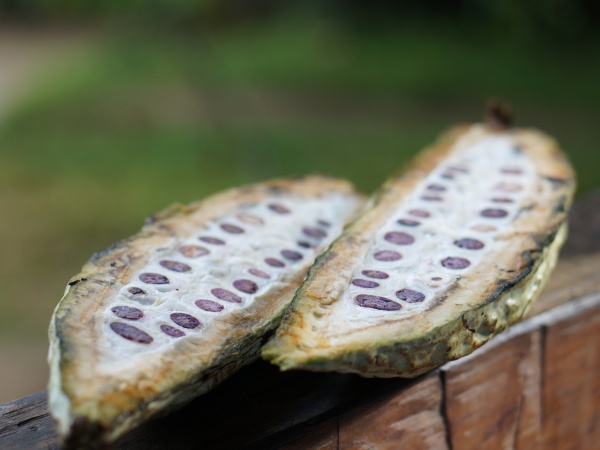Difference between revisions of "Madagascar cacao"
CampMaster (talk | contribs) |
CampMaster (talk | contribs) |
||
| Line 16: | Line 16: | ||
* [[SECAMAD]] | * [[SECAMAD]] | ||
* [[COCOMA]] | * [[COCOMA]] | ||
| + | |||
| + | A small number of cacao plantations can also be found around [[Maroantetra]] as well as in [[Brickaville]]; the original location where cacao was introduced by French settlers. | ||
| + | |||
| + | [[File:Tampolodge_310.jpg|600px]] | ||
== Additional information == | == Additional information == | ||
* [[Sambirano Cocoa Tour]] by bike. | * [[Sambirano Cocoa Tour]] by bike. | ||
Revision as of 16:58, 18 January 2016
Nearly all of Madagascar's cacao, including Criollo, Forastero and Trinitario, grow in the tropical humid northern Sambirano region of the country. Madagascan cacao is unusually non-bitter, making it especially suitable for making healthy and at the same time tasty chocolate or cocoa products with minimal sugar contents or entirely without sugar and other sweeteners. The peak harvesting seasons are between June and July and between October and November.
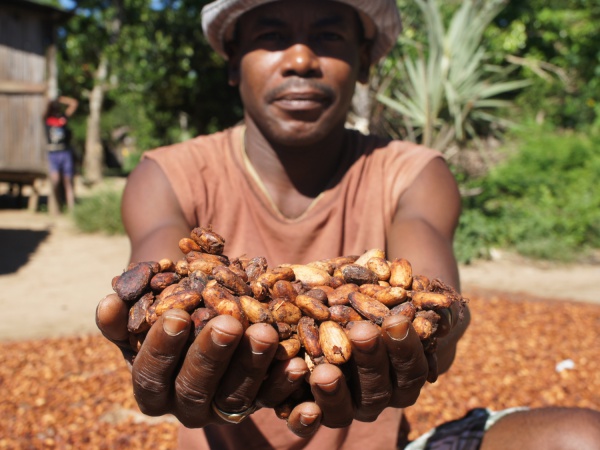
| ||
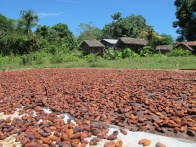
|
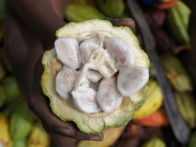
|
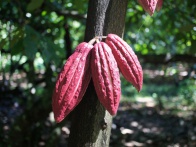
|
There are few privately owned cacao plantations in Ambanja, such as Millot Plantation. Otherwise most cacao is produced by individual Malagasy farmers who live along the Sambirano River. The characteristics of Madagascar's cacao derives from the special soil conditions in the area. Once harvested, the cacao is sold to chocolate makers in Madagascar or exported as raw beans or processed cocoa. Cacao/cocoa producers and exporters in Madagascar include:
A small number of cacao plantations can also be found around Maroantetra as well as in Brickaville; the original location where cacao was introduced by French settlers.
Additional information
- Sambirano Cocoa Tour by bike.
